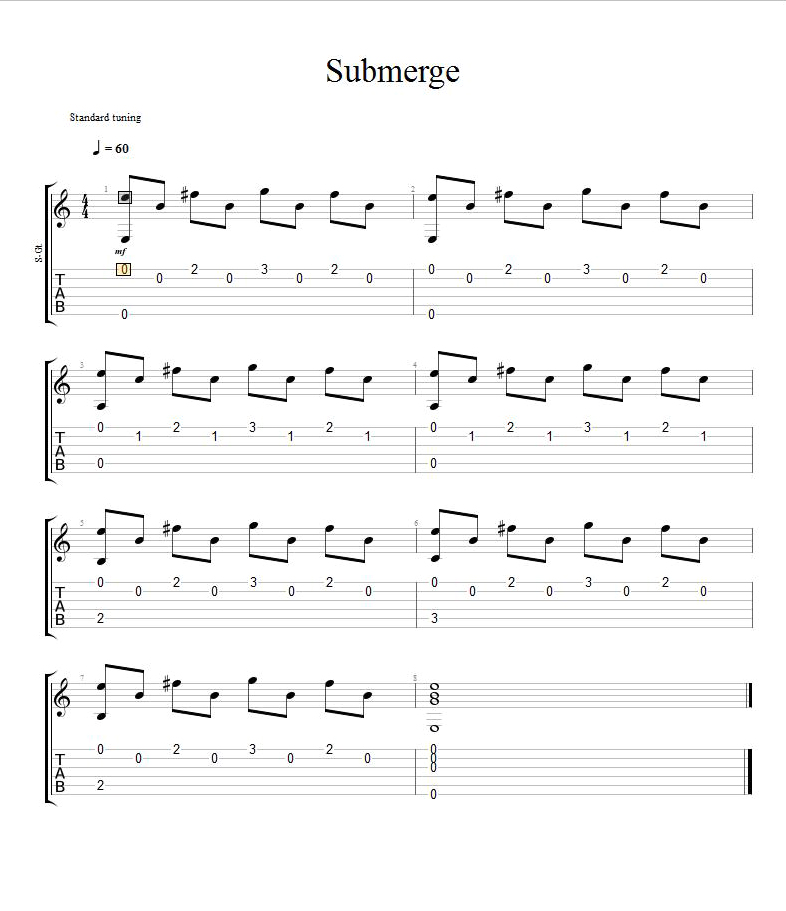

"Open E, F (fret one), F sharp (fret two), G, G sharp, A. Starting at string 6 (Low E), that would sound like: Preparatory to starting this piece, it is a good idea to have your guitar students play short scales on each string, using each fret up to fret 5.

This is very helpful for struggling note-readers. If you are not familiar with reading staff notation, listen to one of the videos on this page (not Asturias, but Spanish Study, below) and notice where the rhythm changes from a feeling of "1-2, 1-2, 1-2, 1-2, 1-2, 1-2," to a feeling of "1-2-3, 1-2-3, 1-2-3, 1-2-3, 1-2-3, 1-2-3."Ī good way to practice this study is to leave off the high E (string 1) and play the thumb melody alone. The left hand "2" will be placed on "A," the 2nd fret of the "G" string, and stay there for the remainder of the piece. Notice where the music changes into triplets (the 3-note groups with a "3" over the top of the beam). or find a teacher with a classical background!) (I recommend purchasing a book such as Frederick Noad's Solo Guitar Playing, which has photographs to help students position their hands and bodies correctly.

Spanish Study starts with only right hand thumb (p) and middle finger (m), taking turns.įor a correct classical hand position, be sure the thumb plucks off to the side of the hand, so it doesn't meet the fingers. In classical guitar playing, "p," "i," "m," and "a" stand for the right hand fingers which pluck the strings:
#Classical guitar tablatures download
Please scroll down the page for the download links.


 0 kommentar(er)
0 kommentar(er)
